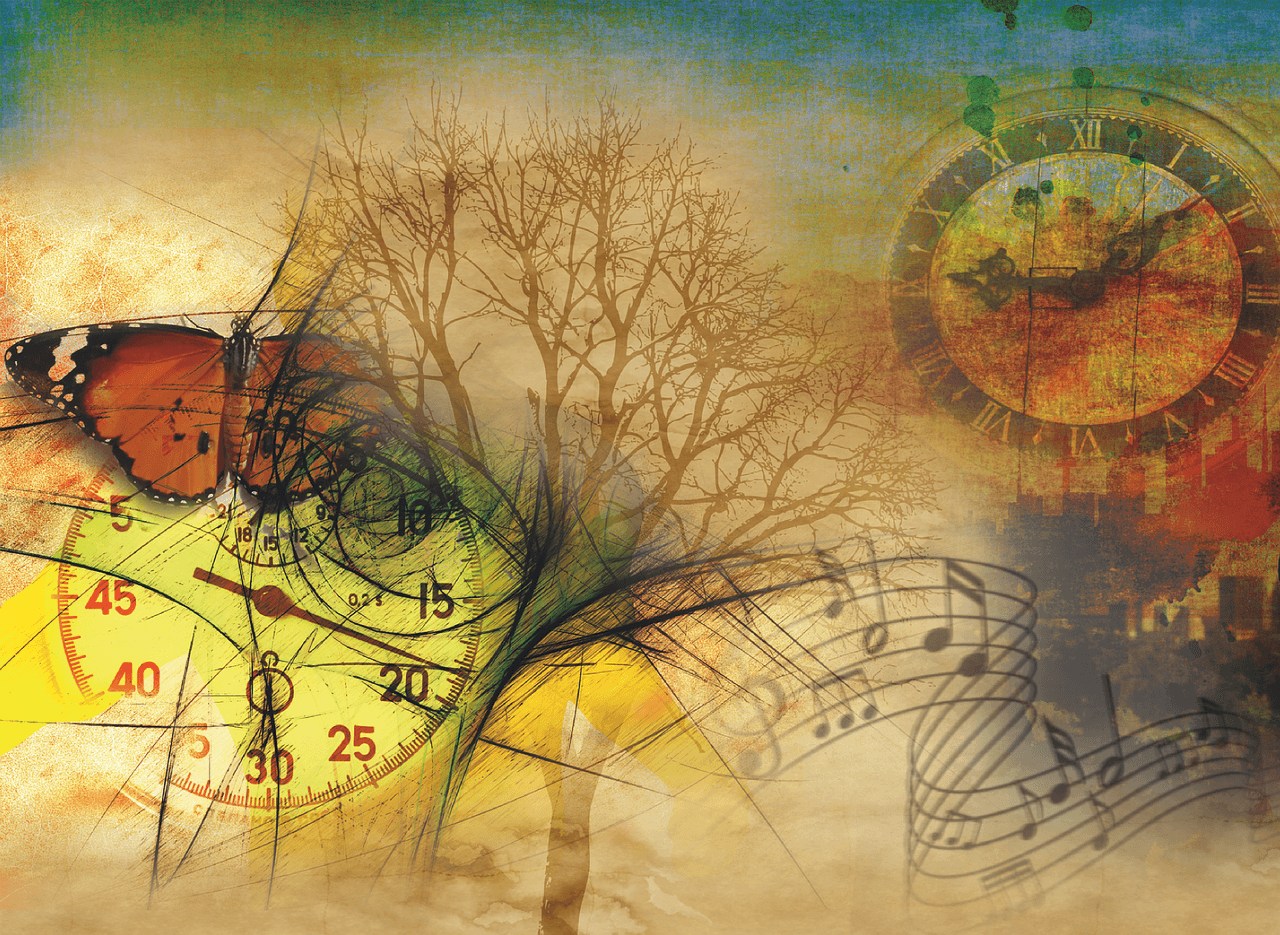Creativity and the Psychic Vision
Creativity and the Psychic Vision
Robert Wallis

It is generally accepted that artists and musicians tend to have high degrees of psi ability. These abilities are similar to the ones used by “working” psychics. The question is, just what is involved in the creative process and how does this tie into having psychic abilities? Let’s first look at part of the process occurring when someone receives a reading. Frequently a psychic will find an event or time in that person’s life that defines an issue. The issue may be long-standing and complex, but the “psychic process” will find a point in the life that can symbolize the situation. The use of clairvoyance supplies an image visually to the psychic, and clairaudience brings in words or phrases that supply the same sense of information. An artist works on the symbolic or subconscious level of understanding. This, in a sense, is the same level from which a psychic works. An artist will visualize a concept or condition and present this in a physical form. (Now bear in mind, we are discussing “fine” art and not “decorative” art that is intended to match the sofa.) In essence, then, the visual rendering that the artist presents is a symbolic representation of a higher truth or statement arrived at through the use of psychic or intuitive sense.
Psychic abilities take more than one form. The term “psychic” encompasses a rather broad range of psi abilities. Clairvoyance covers visual information, quite literally “clear vision;” clairaudience or “clear hearing: covers audible information, where one hears the voices of spirits or angels. There are many other forms of psychic response. One that is used by many people who frequently don’t even view it as an ability is that of empathic response. The empathic ability lets someone share the emotions of another, sometimes to the extent of knowing what that person is thinking. (Like a couple who have been together for many years!)
Musicians operate on the emotional level and understand that mood and emotion are affected by sound. These artists are able to create work with empathic content where the music touches mood and emotion through the choice of tempo, progression, phrasing, and certain or specific instruments. An intuitive sense of how to swing emotion is required, whether in the composition of the music or in its interpretation. The empathic response is a significant aspect of the ability that musicians draw upon as a part of their art.
While the preceding information tells us “what” is used in the creative process, it still doesn’t tell us “how” the creative process comes about. It doesn’t matter whether you are an artist, musician or someone in a working situation. Intuition is what makes someone creative, and intuition is part of what makes someone psychic. Intuition is knowing something well enough that you don’t need to think about it; you must know it. Being creative is knowing the usual answers and also knowing they aren’t always enough. Being creative is knowing that a new approach to an issue is needed where an older way just isn’t enough. Being creative means that the unorthodox, as opposed to the mundane, approach (or visualization or rendering or whatever) is the most elegant or economical solution. The creative process means adding the numbers and knowing that more is involved. Being creative, above all, means learning to think, see and project beyond what is given.
